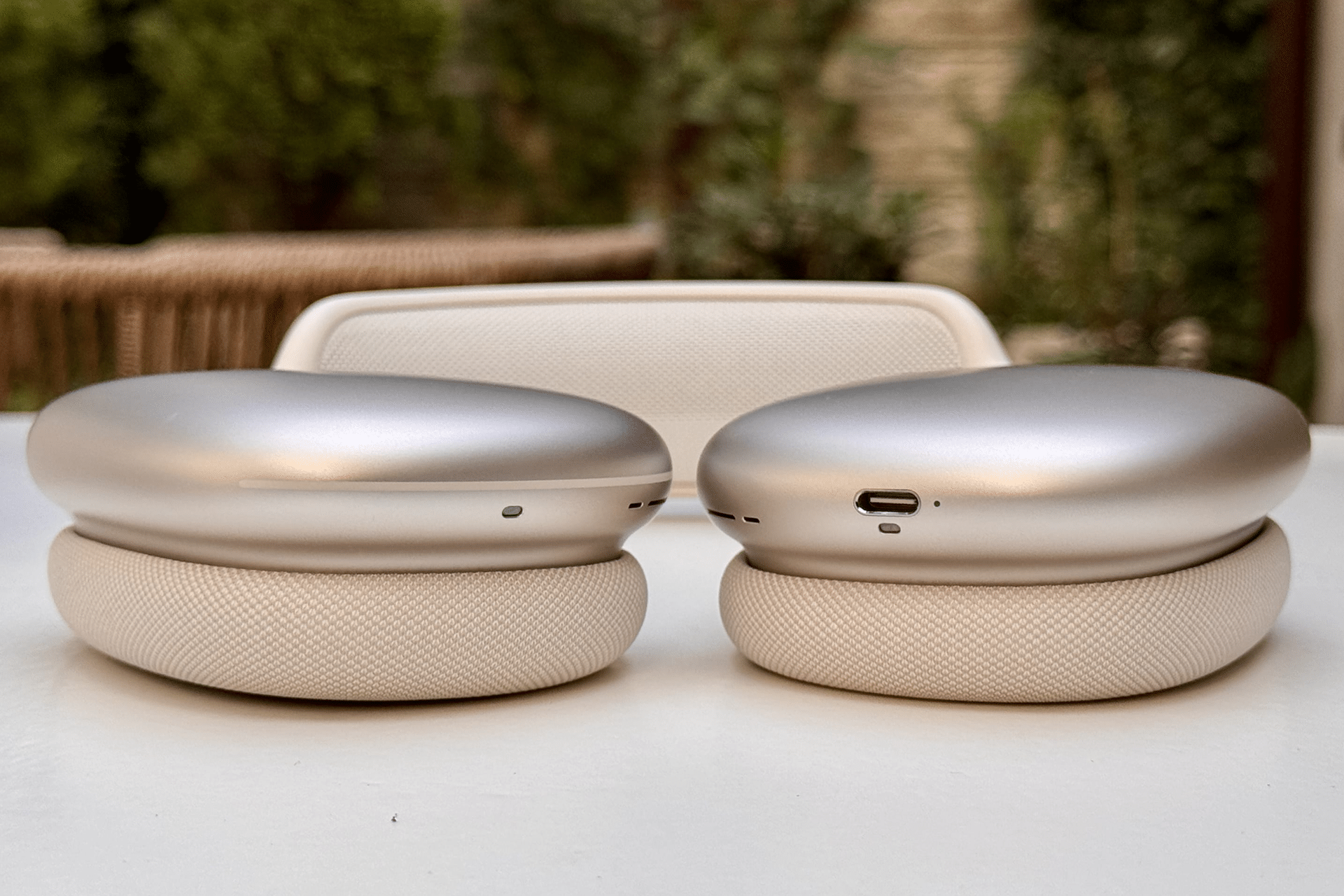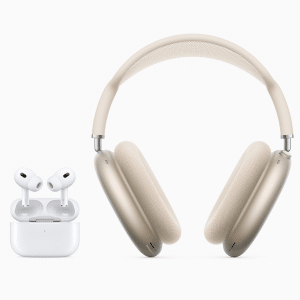The AirPods Max has been celebrated as Apple’s premium over-ear headphone offering since its release in 2020. Its high-quality audio, active noise cancellation, and sleek design quickly positioned it as a favorite among audiophiles and casual users. With the new USB-C version introduced in September 2024, Apple has modernized its flagship headphones. However, the removal of wired playback capability in the USB-C AirPods Max marks a shift that not all users are pleased with.
This article delves into the significance of this omission and its implications for both general users and professionals.

Evolution of AirPods Max
The original AirPods Max featured a Lightning port, allowing users to connect the headphones for both charging and wired audio playback. Paired with an optional Lightning to 3.5mm cable, the headphones delivered high-fidelity audio for use cases like studio monitoring, critical listening, and in-flight entertainment.
The USB-C update aligns with Apple’s decision to standardize its device ports, bringing the AirPods Max in line with the latest iPhone and iPad models. While the move to USB-C has been widely applauded, the removal of wired audio support introduces a functional limitation for certain users.
Unlike its Lightning predecessor, the USB-C AirPods Max does not support audio transmission through a wired connection. While the headphones continue to excel in wireless audio quality and Bluetooth connectivity, the absence of a wired option creates challenges for professionals and audiophiles who prioritize uncompressed audio fidelity.
Why Wired Playback Matters
For audio enthusiasts, a wired connection ensures uncompressed sound, minimizing latency and eliminating audio compression artifacts that can occur with Bluetooth. Wired playback is often essential for musicians, sound engineers, and content creators who require precise sound reproduction.
Professionals in the music and audio industry frequently use wired headphones for tasks like mixing and mastering. Wired connections offer stable audio quality that Bluetooth, even in its most advanced codecs, struggles to replicate reliably.
For frequent travelers, wired headphones are essential for accessing in-flight entertainment systems, which often lack Bluetooth compatibility. Without wired playback, users may need to carry additional adapters or opt for different headphones entirely.
Community Reactions
The omission of wired playback has drawn mixed reactions. While some users praise the move to USB-C for charging, many are disappointed by the lack of wired audio support, particularly given the premium price of the AirPods Max.
Analysts suggest that this decision reflects Apple’s broader emphasis on promoting wireless technologies. However, the trade-off raises questions about whether this aligns with the needs of professional and high-fidelity audio users.
Workarounds and Alternatives
One workaround for in-flight entertainment and other wired use cases is to use a Bluetooth transmitter that plugs into a standard 3.5mm headphone jack. While functional, this solution introduces additional costs and potential latency issues.
There is speculation that Apple may address this limitation through firmware updates or by introducing a dedicated adapter. However, as of now, no official solutions have been announced.
What’s Next for AirPods Max
The USB-C AirPods Max represents Apple’s commitment to advancing its products in line with industry trends. However, the removal of wired playback highlights the challenge of balancing innovation with user expectations, particularly for premium products.
This decision may signal Apple’s long-term vision of a wireless-first network. While this aligns with broader industry trends, it also underscores the importance of understanding user needs, especially for professional and niche audiences.
The USB-C update to the AirPods Max reflects Apple’s ongoing drive to modernize its product lineup. However, the absence of wired playback capability in this version introduces a significant limitation for audiophiles and professionals.
As Apple continues to refine its product offerings, the challenge will be to innovate while addressing the diverse needs of its user base. Whether through future updates or new solutions, how Apple navigates this feedback will shape the next generation of its premium audio devices.










